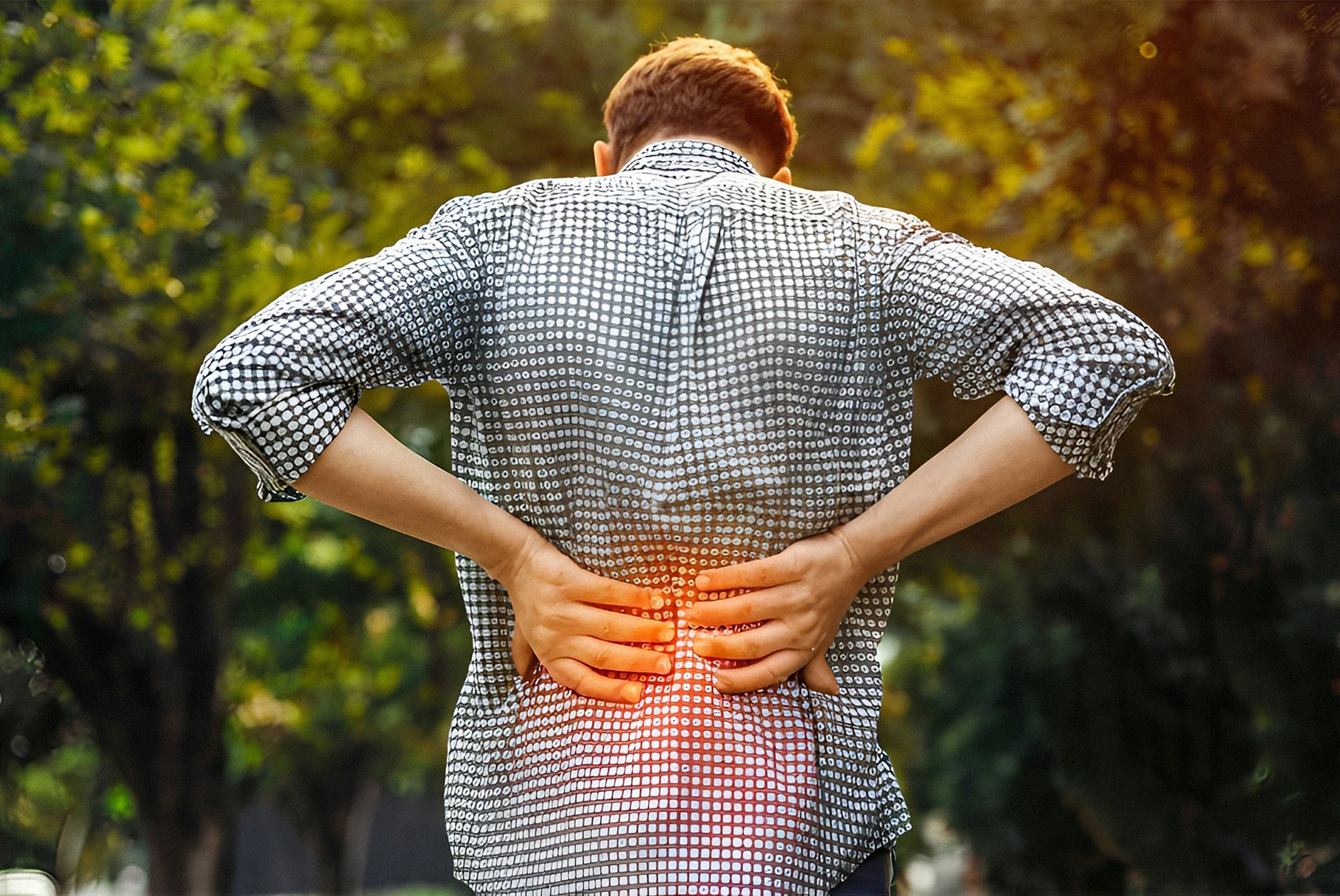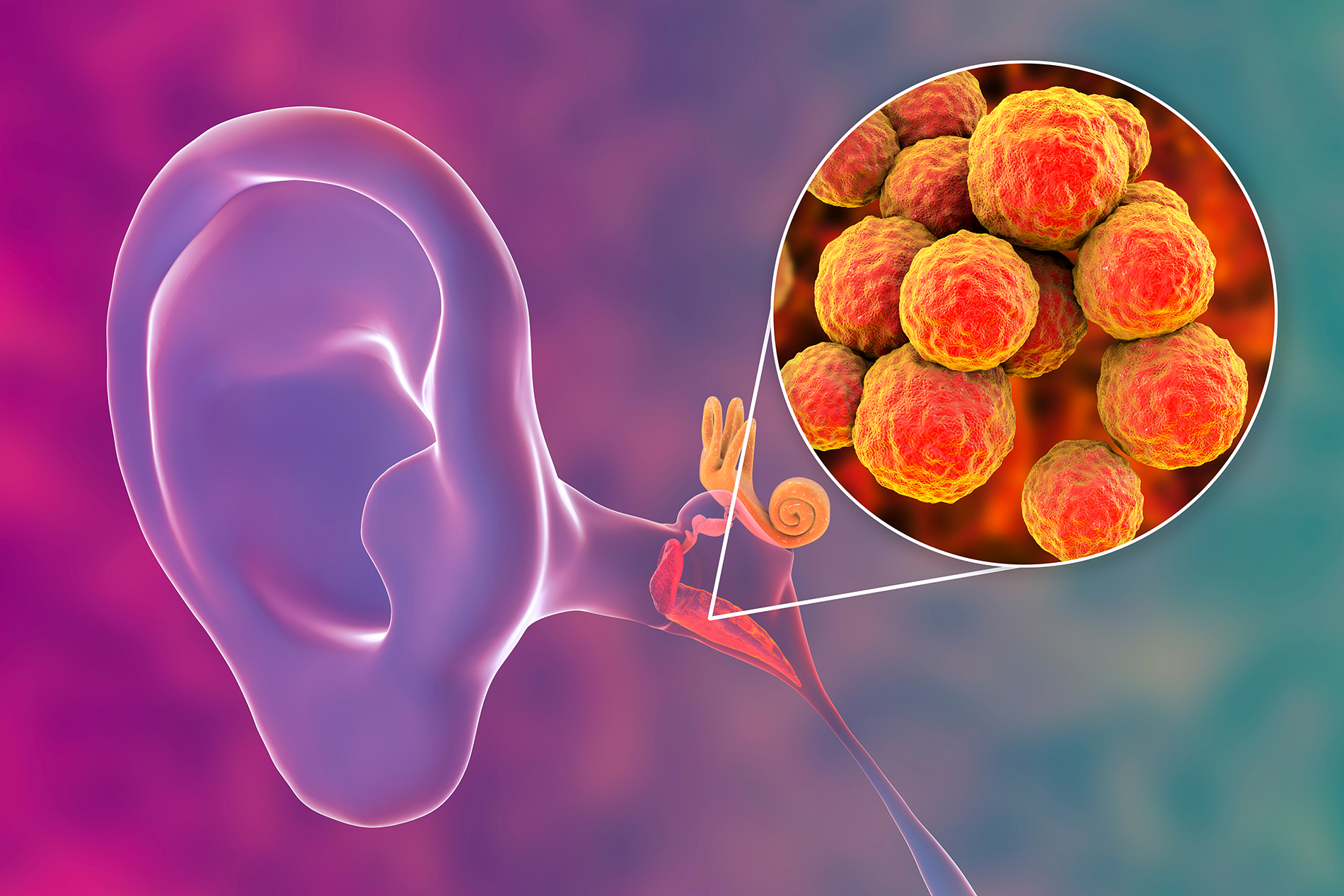South Carolina is in the “stone belt,” which means we have a higher incidence of kidney stones. If you’ve ever had a kidney stone, you know you don’t want another one. Dr. Namita Natalie Lopes, a urologist at Lexington Urology, answered all our kidney stone questions.
What is a kidney stone?
Simply put, a kidney stone is exactly what you think it is: a rock that forms up in the kidney, made of components from urine. These stones form when certain substances in the urine reach a concentration at which they begin to crystallize and solidify. If you think of high school chemistry or sedimentary rock formation, it is a similar process.
Kidney stones can range in size from as small as 1mm to as large as filling up an entire kidney. There are several types of kidney stones, but the most common ones contain a component of calcium.
What causes kidney stones?
There are several reasons why we develop kidney stones, including dehydration, obesity, inflammatory bowel disease, a diet rich in oxalates, genetics/family history, kidney blockage, race, age, and recurrent urinary tract infections. These different conditions do not lead to the same type of stones, but they can nonetheless contribute to the formation of kidney stones.
What are the symptoms people experience?
Kidney stones can range from not being bothersome to having some of the worst pain of your life. I have had a patient compare it to being worse than childbirth - and she had recently given birth.
Typically, these stones only cause pain when they block the ureter, the tube that drains urine from the kidney to the bladder. The resulting backup of urine stretches out the kidney and causes pain over where your kidneys lie (flank pain). Sometimes, as the stone progresses down the ureter, you may have flank pain, and it may wrap around your side to the front of your body down toward the groin area. If the stone is near the bladder, sometimes you may have urinary frequency or urgency.
If the stones are within the kidney, typically these are asymptomatic; though I have had patients who have some dull intermittent pain with these types of stones. Other possible symptoms include seeing blood in your urine or having recurrent urinary tract infections.
How are kidney stones treated?
If the stone is small enough, we encourage you to pass it on yourself. Stones up to 5mm have a high likelihood of passing (~50% or greater). However, I have seen stones as small as 3 mm cause problems, and people were not able to pass them.
Interventional treatments include:
- The mainstay of treatment for kidney stones is ureteroscopy, where we use a camera to go up the ureter and a laser to break up the stones (laser lithotripsy). Sometimes, we can remove these pieces from the ureter/kidney. Other times, the stone turns to dust, and we have you pass this on by yourself. With this procedure, you may have a stent, a plastic tube that runs from the kidney to the bladder, allowing the ureter to rest and aiding in the passage of stone fragments. A stent is intended to be temporary and should not remain in the body for longer than three months at the most.
- If the stone is large enough and located in a favorable position, we can use extracorporeal shockwave lithotripsy, which utilizes ultrasonic waves to break up the stone. With this modality, you do end up having to pass pieces of the stone, but they are typically smaller and easier to pass. The stone clearance rate for this modality is lower compared to ureteroscopy or PCNL.
- If your kidney stone is larger than 2 cm, we offer patients a percutaneous nephrolithotomy (PCNL). With this procedure, we enter the kidney through the patient's side or back utilizing a device that uses ultrasound to break up and suction out the stone. Patients usually require an overnight stay and have a stent to allow the kidney to rest or a tube placed in their back.
Why is it important to know the composition of the kidney stone?
There are several types of kidney stones, including calcium oxalate, calcium phosphate, struvite, cysteine, uric acid, and others. Calcium oxalate and calcium phosphate make up 80% of all stones.
The composition of stones can provide insight into whether there is an underlying issue that warrants further investigation, such as a changing urine pH or the use of certain medications to reduce the amount of calcium in the urine. However, the best way for us to determine future prevention is through a 24-hour urine test, which provides a better understanding of what is happening in the urine and identifies diet modifications patients can make to prevent future stones.
Are some people more at risk?
People with a family history of stones may have a genetic component that predisposes them to developing stones. Obesity can alter the pH of your urine, which can predispose you to forming stones. Living in hot conditions and being dehydrated can lead to stone formation as the urine becomes highly concentrated. South Carolina is in the "Stone Belt," where people form more stones. That is due to the hot weather and, in the case of the Southeastern, our consumption of tea, which contains oxalate.
What can you do to avoid developing kidney stones?
The risk of developing another kidney stone after passing one is about 50% within 5 to 10 years. Each person is different as far as what we may recommend after performing a full workup (blood tests and the 24-hour urine test). However, general recommendations for prevention include:
- Drink enough water to produce 2 liters of urine per day
- Add lemon juice concentrate to water (~2 oz. to 1 liter of water)
- Reduce salt intake in the diet
- Decrease animal protein consumption
- Increasing fruit/vegetable consumption
- Avoid high-oxalate foods such as spinach, chocolate, and nuts
Unfortunately, there is no magic pill to dissolve kidney stones, but depending on the stone type, we may prescribe medications to aid in stone prevention. These can alter the pH of your urine enough to cause the stones to dissolve.

Namita Natalie Lopes, MD, Lexington Urology






Leave a comment